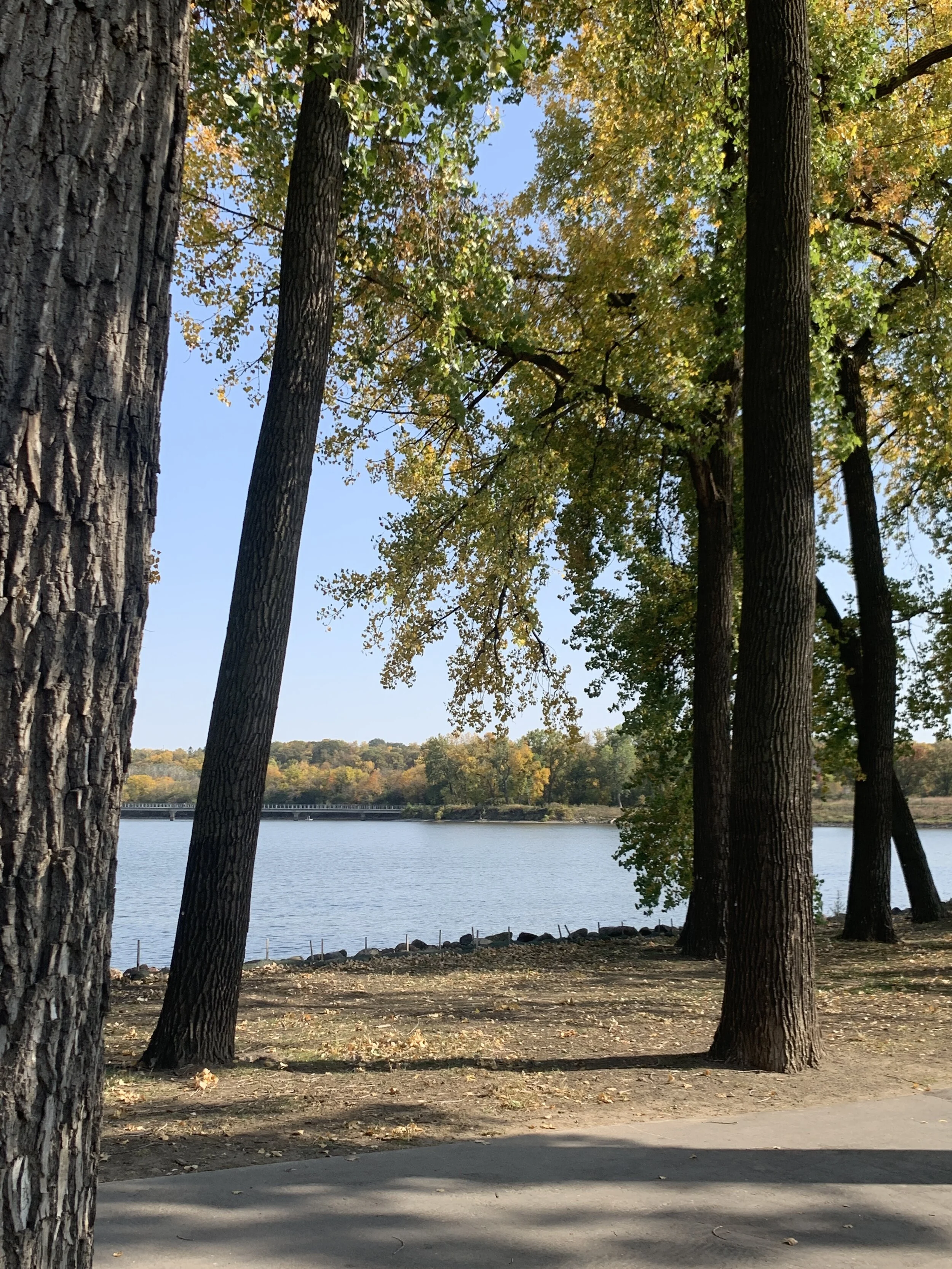Ease Back On The Wagon
Every athlete, competitive or recreational, will unfortunately experience an injury at some point. I know I have. One of the toughest things is to get sidelined because the desire to get back in the game is a huge driving force for many. At times this can cause people to push too hard to get back. They note that their pain goes away and then attempt to go back to what they were doing prior to the injury - because that’s what they remember doing, love doing, and want to keep doing.
While every age group can be susceptible to injury, those in high school and collegiate athletics are likely going to be more over usage or traumatic injuries. For those that hit the 30’s and higher like myself... It seems that the body doesn’t respond like it should and hurts more. I can’t tell you how many times I’ve been to the gym and I see a 20-some year old doing a lift or an exercise and I think, “I used to do that too... Let me try it”. I’ll do one box jump but I immediate have my body remind me of the loss of cartilage and elasticity I have experienced after many years of football in my youth and now with aging.
Having dealt with a back injury, I’ve had to back off on the weight and focus on form and higher reps.
It’s hard not to push oneself to where they felt they were at previously. However, this is the perfect way to get hurt. The body does not have a set default and needs regular conditioning or it will decondition. When restarting exercise after injury, or starting a new program, it is very important to start slow and progress. If a person was already active in an exercise program and had an injury and needed to back off to heal, then the body typically will rebound faster, but still needs that slow progression. Muscle needs to tear and rebuild to gain strength but if pressed to its limit too soon, the tear can be quite a bit worse than would be beneficial. If the tear is too significant this will cause the athlete to take steps backward instead of forward making those gains.
SO... with the New year upcoming and resolutions to be abound, make sure to take it easy at first if it’s the first time or after a long break between sessions. I touched on this previously but, if it is for weight loss or general health, no one needs to run a 5K right off the bat. Instead shoot for time. Go on a 30 minute walk or run and however far you get is how far you get. The next time maybe it will be farther, as well as the next time after that. When one sees the recommendations from the CDC on physical activity... It doesn’t say “make sure to run 5 miles 3 times a week and do 70 burpees twice a week.” It states that people should get 30-60 minutes of moderate to vigorous exercise a day and 2 days of resistance training at a baseline, equaling 150 minutes a week. Again, those can be in 10 minute intervals if needed or some derivative greater than 10 minutes.
Not being able to run has lead to rediscovering the Iowa bike trail system
Back in my day, PE instructors would say to '"remember to stretch” before a workout or game. We had these large group stretch sessions before games and class and were told this was to prevent pulled muscles and injuries. If a muscle did get pulled, then it was from not stretching properly. We did sit and reach tests to test our flexibility in class as well. Does research back this? Yes and no actually. Stretching does help the muscles and helps with injury prevention and muscle elasticity. However, timing of the stretch is important as well. More research has found the static stretching (standing still with both feet planted) does not help prevent injury when done before activity. I don’t know about you, but when I was reading this you could consider my mind blown and some choice words uttered.
As it turns out, static stretching should be performed AFTER an activity, when muscles are warm. Motion or vibration can actually help increase flexibility. Static stretching before the activity can stretch muscle fibers beyond their ideal length (the details of this can be a whole anatomy lecture). When that occurs, the contraction of the muscle ends up weaker and places the athletes at risk for injury. Before an activity, dynamic warm up is recommended. Those high-knees that football and basketball players hate so much before practice are actually beneficial. Only after the dynamic warm up (walking on a treadmill for 10 minutes, riding a bike, high-knees, etc) should you then do some dynamic stretching. After the activity, with the muscle warm and ready, one can stretch and truly benefit from the stretching. Hopefully, this can help people get out on January 1 and run the whole 30 minutes instead of having to grab that Hammy that just pulled five minutes in... bummer, there’s always next year.
Start slow for those new workout plans whether coming off of injury, starting to work out for the first time, or restarting from having taken a break during this pandemic. Make sure to care for your body so it can take you where you need to go.
Stay safe and keep on keeping on.





